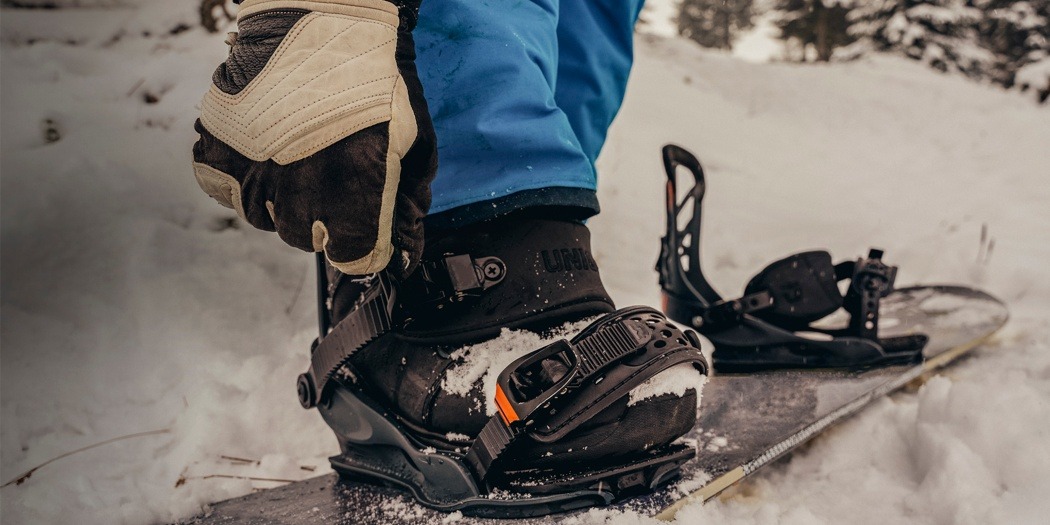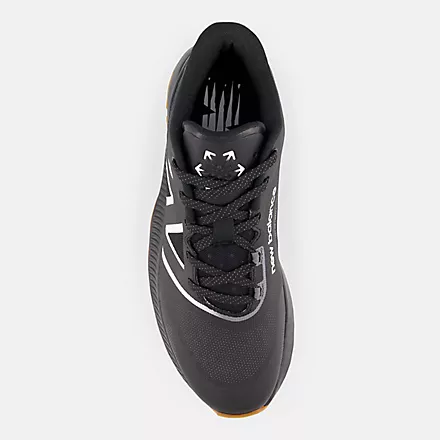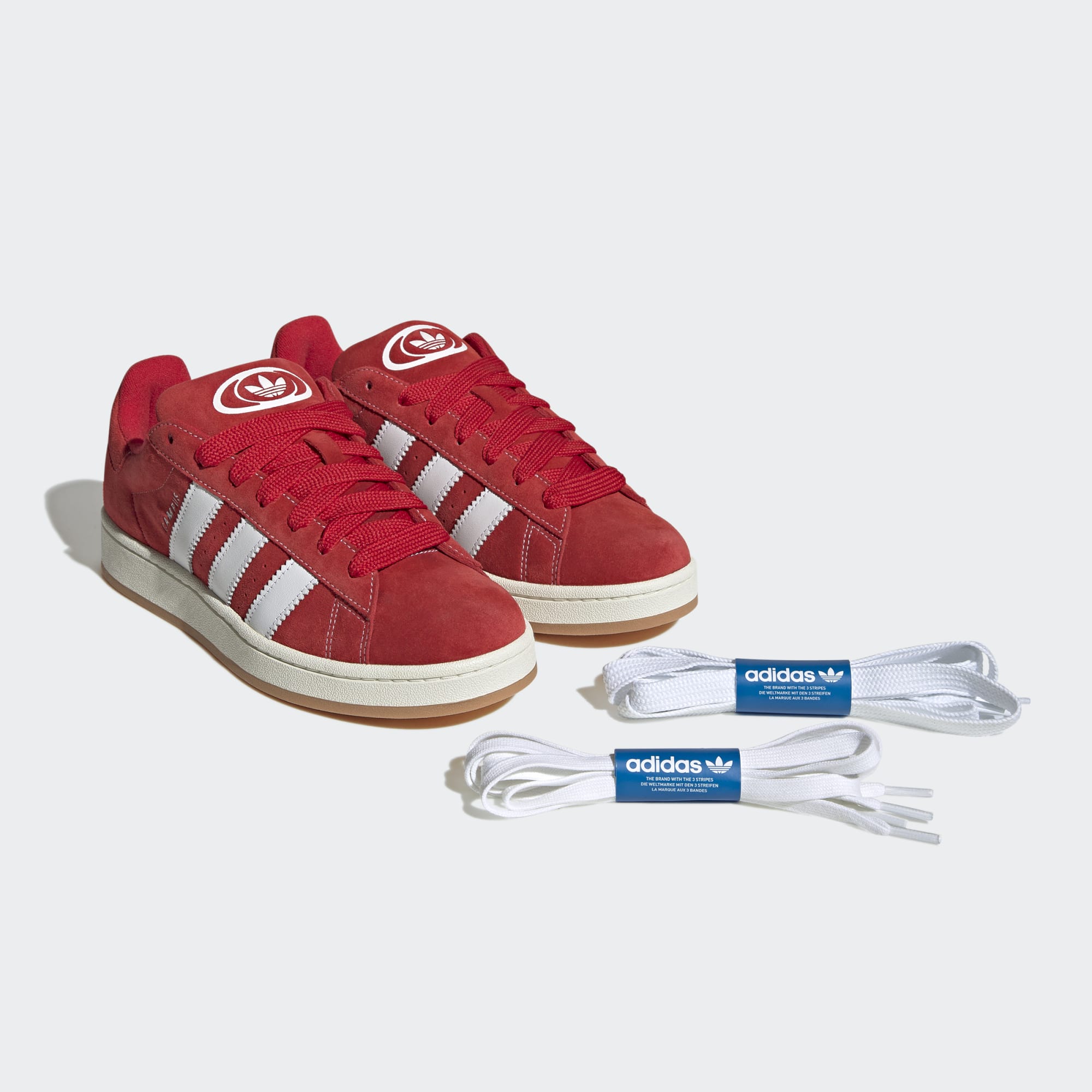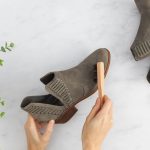To choose the right snow boots, prioritize traction and consider the height based on your needs. Ensure the outsole provides excellent grip on slippery surfaces, and opt for boots with deep treads or multidirectional lugs for enhanced traction on snow and ice.
When selecting online, go one size bigger than your regular shoes. For optimal fit, snow boots should hug your foot comfortably, offering support and insulation without being too tight or loose. Insulated rain boots can be effective for winter, providing weather-proofness and warmth in various conditions.
Understanding the differences between snow boots and winter boots can help you make an informed choice based on your specific requirements.
The Importance Of Proper Footwear In Winter
Choosing the right snow boots is crucial for winter. Opt for boots with sturdy outsoles for traction on slippery surfaces. Consider the height based on your needs, ensuring a snug yet comfortable fit to keep your feet warm and supported in the snow.
Climate Considerations
When it comes to choosing the right snow boots, climate plays a crucial role. Whether you live in an area with heavy snowfall or occasional flurries, selecting the right footwear can make all the difference in keeping your feet warm and dry.
For instance, if you live in a region with mild winters, you may opt for lightweight insulated boots that are perfect for short walks. However, if you live in a place where temperatures drop below freezing, you need to choose boots that offer maximum insulation and can withstand extreme weather conditions.
Understanding Snow Boot Functionality
Snow boots come in different styles and sizes, and each design has a specific function. Therefore, it’s essential to understand how each type of snow boot functions before making your purchase. For example, insulated boots are ideal for keeping your feet warm, while waterproof boots prevent water from penetrating the material.
Additionally, some snow boots come with a sturdy outsole that provides excellent traction on slippery surfaces such as ice and snow. Understanding the functionality of each boot will help you select the right one for your needs.
Traction And Height
When choosing snow boots, it’s crucial to consider the height and traction of the boots. The height of the boots should be based on your needs, and it’s essential to select a pair that covers your ankles to keep snow and moisture out. Additionally, choose boots with a sturdy outsole that provides excellent traction on slippery surfaces, such as rubber or lugged soles.
Look for deep treads or multidirectional lugs to enhance grip on snow and ice. Choosing boots with the right traction and height will help prevent slips and falls, keeping you safe and comfortable during winter activities.
Size And Fit
The size and fit of your snow boots are crucial for ensuring your comfort and safety during winter activities. Snow boots should hug your foot comfortably, providing both support and insulation. A looser fitting boot will offer greater warmth and comfort but will cause problems when walking longer distances. Snow boots that are too tight will lead to circulation issues and problems walking.
Therefore, it’s important to choose boots that fit well and provide ample support without being too tight or too loose. If you’re ordering boots online without trying them on, select one size bigger than your regular everyday shoes for the correct fit. In conclusion, selecting the right snow boots is crucial for ensuring your comfort and safety during winter activities. Consider the climate, functionality, traction, height, size, and fit when choosing your snow boots to find the perfect pair for your needs.

Credit: www.thejjadventures.com
Key Features Of High-quality Snow Boots
When choosing the right snow boots, it’s crucial to consider the key features that make them high-quality. These features ensure your feet stay warm, dry, and well-supported in harsh winter conditions. Let’s explore the essential elements to look for in snow boots:
Traction And Grip
- Opt for boots with sturdy outsoles for excellent traction on slippery surfaces.
- Look for deep treads or multidirectional lugs to enhance grip on snow and ice.
Insulation And Warmth
- Choose boots with adequate insulation to keep your feet warm in cold temperatures.
- Look for materials like Thinsulate or wool lining for superior warmth retention.
Waterproof Qualities
- Ensure the boots are waterproof to keep your feet dry in wet and snowy conditions.
- Look for features like sealed seams and waterproof membranes for maximum protection.
By focusing on traction and grip, insulation and warmth, as well as waterproof qualities, you can select snow boots that provide the necessary comfort and protection during the winter season.
Snow Boots Vs Winter Boots
When it comes to braving the winter weather, having the right footwear is crucial for staying warm and comfortable. One of the most important choices you’ll make is deciding between snow boots and winter boots. Each type has its own design differences, material variations, and specific purposes. Understanding these differences will help you choose the right boots for your needs.
Design Differences
Snow boots and winter boots are designed with specific features to cater to different weather conditions. Snow boots are typically higher, reaching above the ankle or even mid-calf, to provide extra protection from deep snow and wet conditions.
They often have a waterproof exterior and insulation to keep your feet warm and dry in snow and slush. Winter boots, on the other hand, are designed to provide warmth and traction on cold, dry surfaces. They may have a lower profile and are often insulated with materials like Thinsulate or fleece.
Material Variations
The materials used in snow boots and winter boots differ to accommodate the specific demands of each type. Snow boots are constructed with waterproof materials such as rubber, nylon, and waterproof leather to keep moisture out.
They also feature thick insulation to retain heat in freezing temperatures. In contrast, winter boots may use water-resistant materials like suede or synthetic fabrics and focus on providing insulation to keep your feet warm in cold but dry conditions.
When To Choose Each Type
It’s essential to consider the weather conditions and activities you’ll be engaging in when deciding between snow boots and winter boots. Snow boots are ideal for deep snow, wet conditions, and activities like snowshoeing, shoveling snow, or walking in slushy areas.
On the other hand, winter boots are suitable for cold, dry conditions and activities such as commuting, casual walks in the city, or light outdoor activities in cold but dry weather.
Determining The Right Fit
When it comes to choosing the right snow boots, one of the most critical factors is finding the perfect fit. Ill-fitting boots can lead to discomfort, blisters, and even frostbite, so it’s essential to pay close attention to sizing and comfort when making your selection.
Sizing Tips For Online Shoppers
When shopping for snow boots online, it’s important to ensure that you are selecting the right size, especially when you can’t try them on in person. Here are a few tips to help you get the right fit:
- Check the brand’s sizing guide to see if they recommend sizing up or down.
- Read customer reviews to see if the boots run true to size or if there are any sizing quirks.
- If you’re in between sizes, consider sizing up to accommodate thicker socks or additional insoles.
Tight Vs Loose: Finding The Balance
Finding the balance between a snug and loose fit is crucial when selecting snow boots. Here’s what to consider:
- Snug Fit: A snug fit provides better support and insulation, but ensure it’s not too tight to avoid circulation issues.
- Loose Fit: A looser fit offers more comfort and warmth, but it may not be suitable for longer walks and activities.
The Role Of Socks
Choosing the right socks to pair with your snow boots can significantly impact the overall fit and comfort. Here are some considerations:
- Opt for moisture-wicking and insulating materials to keep your feet dry and warm.
- Consider the thickness of the socks and how they will affect the fit of the boots.
- Test the boots with different sock thicknesses to find the optimal combination for your comfort.
Materials Matter
Snow boots are an essential tool for navigating through the winter wonderland, offering protection and warmth in harsh conditions. When selecting the right pair, understanding the materials used in their construction is crucial. Each material has its own set of advantages and drawbacks, influencing factors such as durability, comfort, and maintenance.
Pros And Cons Of Common Materials
- Leather: Durable and water-resistant, but may require regular maintenance to preserve its quality.
- Rubber: Offers excellent waterproofing and traction, but can be heavy and less breathable.
- Felt: Provides superior insulation, but may not be as durable and can absorb moisture.
- Synthetic Materials: Lightweight and often more affordable, but may lack the durability of natural materials.
Longevity And Maintenance
Considering the longevity and maintenance of snow boots is essential for making a wise investment. Leather boots, while durable, may require regular conditioning to prevent drying and cracking.
Rubber boots, on the other hand, are relatively low-maintenance and can withstand harsh conditions. Felt boots offer excellent insulation but may require extra care to prevent moisture absorption.
Boot Height And Style
When it comes to choosing the right snow boots, considering the height and style is crucial for comfort and performance in snowy conditions. The boot’s height and style determine ankle support, coverage, and overall functionality. Let’s explore the essential factors to consider for boot height and style.
Ankle Support And Coverage
Ankle support is a critical consideration when selecting snow boots. Opt for boots that provide adequate support to prevent injuries and enhance stability on slippery surfaces. Additionally, prioritize coverage, ensuring the boots protect your ankles from snow and cold weather elements. This combination of ankle support and coverage is essential for a comfortable and safe experience in snowy conditions.
Style Without Sacrificing Function
While style is important, it should not come at the expense of functionality. Look for snow boots that offer a blend of style and function, providing both a fashionable appearance and practical features. Prioritize boots that align with your personal style while delivering the necessary insulation, traction, and waterproofing to tackle winter weather with confidence.
Popular Brands And Models
When selecting snow boots, it’s essential to consider popular brands and models that offer both style and functionality.
Ugg, Sorel, Columbia: A Comparison
When comparing UGG, SOREL, and Columbia snow boots, it’s crucial to evaluate factors such as insulation, waterproofing, and traction.
User Reviews And Recommendations
Reading user reviews and recommendations can provide valuable insights into the comfort, durability, and overall performance of snow boots.

Credit: darntough.com
Making The Purchase
Selecting the perfect snow boots involves considering factors like traction and boot height. Opt for boots with a durable outsole for solid grip on slippery surfaces. Choose a suitable height based on your requirements to ensure comfort and functionality in snowy conditions.
Where To Buy
When it comes to buying snow boots, it is important to choose a reputable retailer. Look for stores that specialize in outdoor gear and winter wear. Some popular options include REI, Backcountry, and LL Bean. In addition, many department stores and online retailers also sell snow boots, but be sure to read reviews and do research before making a purchase.
Checking Return Policies
Before buying snow boots, it is important to check the return policies of the retailer. Make sure you understand the terms and conditions of the return policy, including the timeframe for returns and any restocking fees that may apply. This will help ensure that you can return or exchange the boots if they do not fit properly or meet your needs.
Investing In Quality
When it comes to snow boots, investing in quality is important. Look for boots made from durable materials, such as leather or synthetic fabrics, that can withstand harsh winter conditions. In addition, consider features such as waterproofing and insulation, which can help keep your feet warm and dry.
While quality snow boots may be more expensive upfront, they can provide long-lasting protection and comfort in the snow and ice. In conclusion, choosing the right snow boots requires careful consideration of factors such as traction, height, and fit. By following these tips and doing research before making a purchase, you can find the perfect snow boots to keep your feet warm and dry all winter long.
After Purchase: Care And Maintenance
Discover the essential care and maintenance tips for your new snow boots to ensure longevity and performance. Learn how to choose the right snow boots based on traction, height, and insulation to stay warm and comfortable in snowy conditions.
Cleaning And Storage
After purchasing the right snow boots, it’s crucial to prioritize their care and maintenance to ensure longevity and optimal performance. Proper cleaning and storage techniques are essential to safeguard your investment and keep your boots in top condition for many winters to come.
Extending The Life Of Your Boots
Implementing effective strategies to extend the life of your snow boots is essential for maximizing their durability and functionality. By following simple care practices, you can protect your boots from wear and tear and enjoy their benefits for a prolonged period.

Credit: royalcanadiancollective.com
Frequently Asked Questions
How Do I Choose Snow Boots?
Choose snow boots with sturdy outsoles for traction on slippery surfaces. Consider height based on needs. Opt for rubber or lugged soles with deep treads for enhanced grip on snow and ice. Make sure they fit comfortably to provide support and insulation.
Should I Buy 1 Size Up For Snow Boots?
For snow boots, it’s recommended to buy 1 size up for a comfortable fit, especially if wearing thick socks. This allows room for insulation and prevents tightness.
What Boots Are Best To Wear In The Snow?
For the best snow boots, look for sturdy outsoles with deep treads or multidirectional lugs for excellent traction on slippery surfaces. Consider the height of the boots based on your needs. Insulated rain boots can be an effective option for winter weather, while snow boots should fit comfortably, providing both support and insulation.
Avoid circulation issues by choosing boots that fit snugly, but not too tight. Materials such as rubber or impermeable materials are ideal for snow boots.
Should Snow Boots Fit Tight Or Loose?
Snow boots should fit snugly for support and insulation. A looser fit offers more warmth and comfort but may be uncomfortable for long walks. Tight boots can lead to circulation issues and walking problems.
Conclusion
Choosing the right snow boots is crucial for comfort and safety in winter. Consider factors like traction and boot height to match your needs. Remember to prioritize a snug yet comfortable fit to ensure warmth and support while avoiding circulation issues.
Stay warm and stylish this winter!











